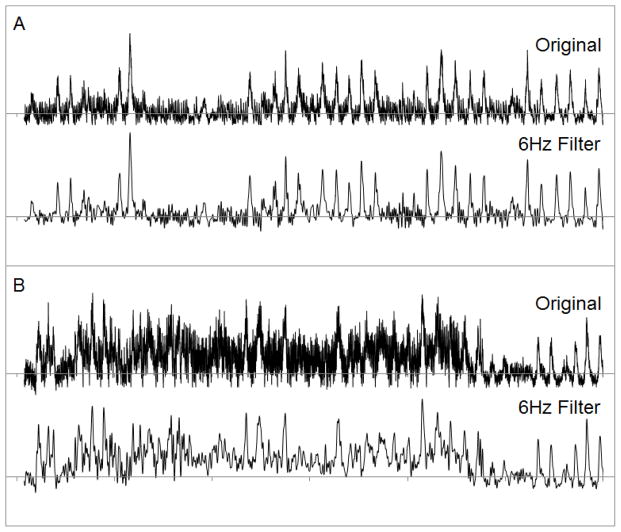Figure 4. The use of a digital filter to eliminate excess noise.
The top tracing in each panel is unfiltered, the bottom tracing has had a 6Hz digital low pass filter applied. Notice the difference between the peaks and the shape of the signal after applying the filter. In panel A the noise coming from the motor unit activity is low compared to the sympathetic bursting, so a digital filter can be applied without affecting the quality of the signal. In panel B, the motor unit noise is almost equal to the sympathetic signal so the filter alters the signal characteristics greatly. When dealing with a signal that has this much noise, attempts should be made at relaxing the subject or changing the electrode position. Notice that the end of signal B is a high quality sympathetic nerve signal once the subject is relaxed. This example is to show that digital filtering cannot fix all noise; it is not an example of a way to bypass acquiring a high quality nerve signal.

